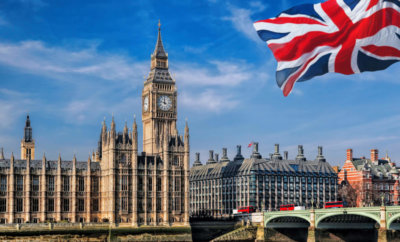India
Skull of Indian Executed After 1857 Uprising Should Be Repatriated, Says British Academic

Representational Image
Photo: Bigstock
The skull of a “havildar” was found in a pub in Kent.
The skull of an Indian man found in a pub in the United Kingdom’s Kent area should be repatriated and buried in India since he was wrongly accused of killing European missionaries during the 1857 revolt, an academic has said, the Telegraph reported.
The skull was found at The Lord Clyde pub in 1963. The couple who inherited the pub gave the skull to Dr Kim Wagner, an expert in imperial history at Queen Mary University, London, who began to investigate its origins.
The British High Commission in India and the Royal Asiatic Society, and non-Governmental Indian institutions have been involved in a preliminary discussion about possible repatriation, Wagner said.
The skull was accompanied by a letter explaining the history behind its appearance at the English pub.
The handwritten note was inserted into the eye socket and said that the skull belonged to one Havildar “Alum Bheg.” It said that he was a leader of the revolt in 1957 and murdered multiple missionaries and a doctor near Sialkot, now in Pakistan, according to the report.
It said he had been a “principal leader in the mutiny of 1857 & of a most ruffianly disposition.” It added: “He took possession (at the head of a small party) of the road leading to the fort, to which place all the Europeans were hurrying for safety. His party surprised and killed Dr. Graham shooting him in his buggy by the side of his daughter. His next victim was the Rev. Mr. Hunter, a missionary, who was flying with his wife and daughters in the same direction. He murdered Mr Hunter, and his wife and daughters after being brutally treated were butchered by the road side.”
Bheg was described as “about 32 years of age; 5 feet 7 ½ inches high and by no means an ill looking native.”
Bheg was killed when he was tied to a cannon and fired as punishment for the crimes, which Wagner has found were not committed by him. The missionaries were killed by another man, but post-revolt the British had been “indiscriminate” about the punishment, he said.
“There was very little concern about individual guilt,” Wagner told the Telegraph, adding that his aim “would be to bury it and put it to rest under respectful circumstances.”
Pointing out that the skull was taken as a trophy, Wagner said, “It should be buried because the method of execution – he was blown from a cannon, so his body was physically destroyed.” He added: “That was intended, when the British did that in 1857, as a kind of spiritual punishment, so that the body could not be buried.”
The skull was brought to the United Kingdom by “Captain (AR) Costello (late Capt. 7th Drag. Guards), who was on duty when Alum Bheg was executed.”
The 1857 revolt was the first collective uprising by Indians against the British East India Company.



